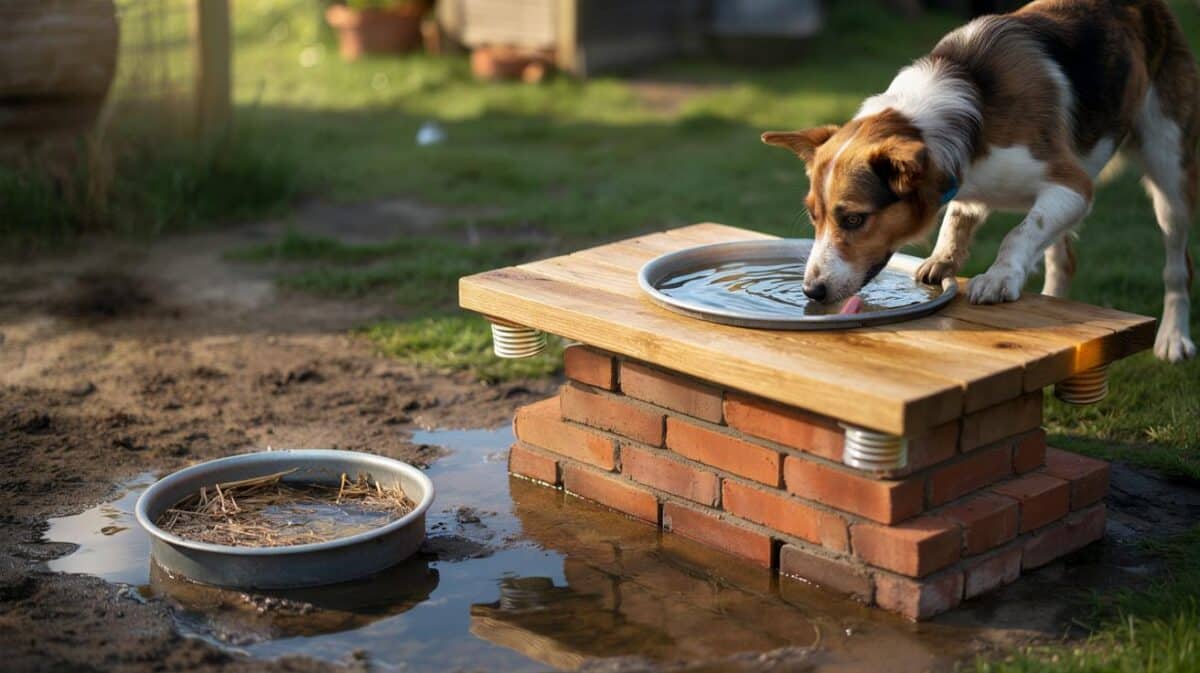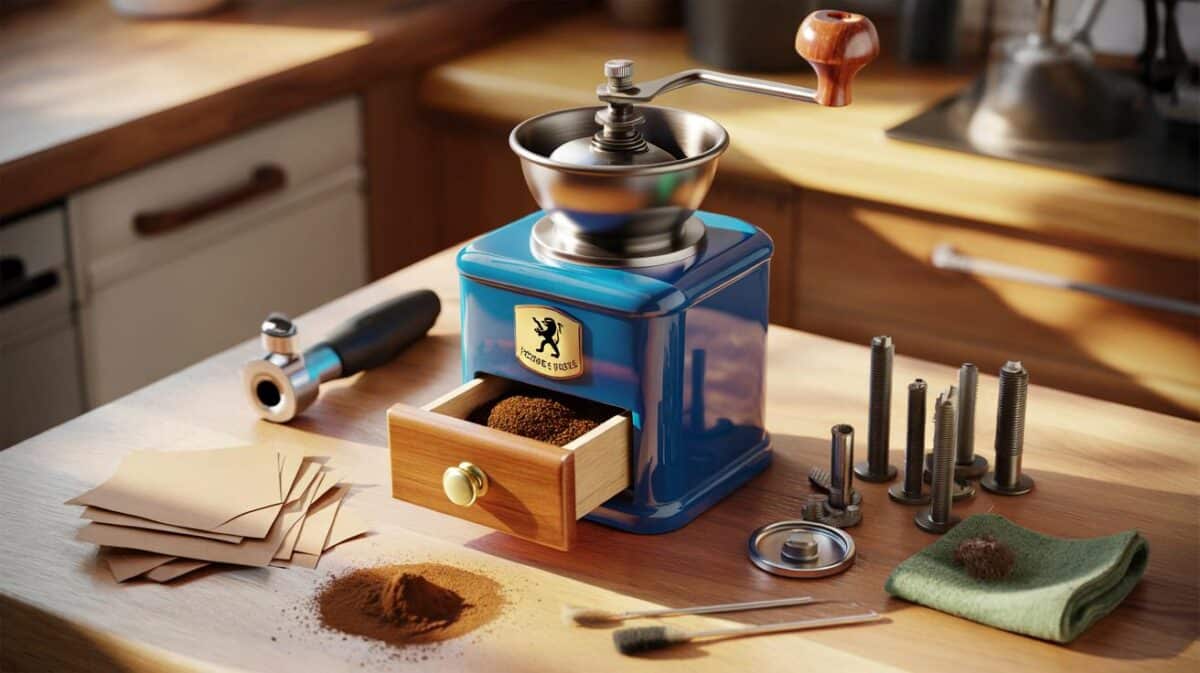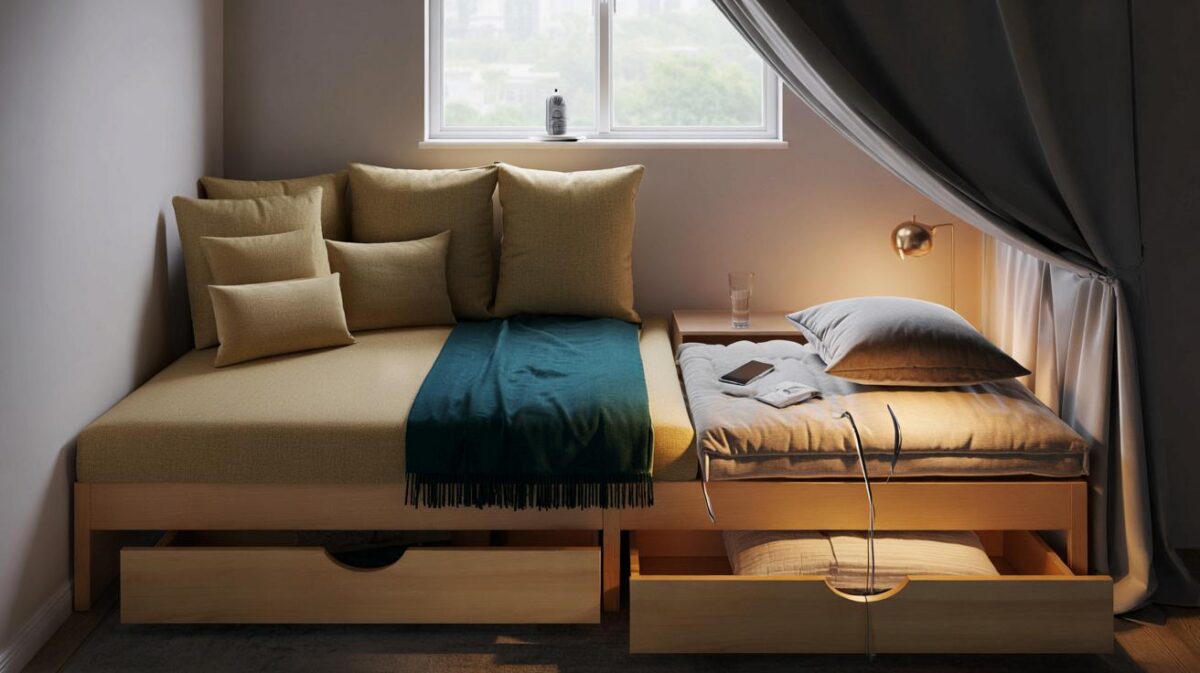A quiet fix from the islands resurfaces this autumn.
Across Britain, householders report steamed‑up windows, clammy cupboards and that tell‑tale musty whiff. Now a humble staple, activated charcoal from coconut shells, is making headlines as a low‑tech way to dry tight spaces and tame odours without chemicals. Fans claim it “drinks” water and locks smells fast. Skeptics ask for numbers. We put the tip under the microscope and explain how to try it safely, cheaply and with realistic expectations.
Why people swear by activated charcoal in cupboards
Activated charcoal holds a maze of micro‑pores. Those pores create a vast internal surface, so gases and vapour cling to it. That process is adsorption, not absorption. The same material sits in fridge deodorisers and water filters, because it grabs smelly molecules such as sulphur compounds and amines.
In a closed cupboard, a small bed of charcoal can steady humidity swings and strip lingering smells from shoes, coats and cleaning gear.
Island households have used it for years in pantries and wardrobes. The idea is simple: maximise airflow over the charcoal so it contacts humid air, then refresh it regularly as pores fill.
The viral claim: “20 times its weight”
The headline figure sounds dazzling. It also deserves context. Specialist salts such as calcium chloride can draw in many times their weight in water because they liquefy. Activated charcoal behaves differently. Independent lab data show moderate water uptake that rises with relative humidity, while its standout strength lies in odour control.
Take the 20x number as folklore for water capture. Treat charcoal as a capable odour sponge that offers modest moisture buffering.
How to set it up in five minutes
The vented tin method
- 30 g of powdered or granular activated charcoal (about 2 level tablespoons).
- One clean 400 ml food tin, completely dry.
- A hammer and a nail to make airflow holes.
- Optional swap: a small terracotta pot and saucer, both drilled.
Make 15–20 holes of roughly 3 mm around the tin at mid‑height. Keep holes small so the charcoal stays put. Pour a 1 cm‑deep layer of charcoal into the bottom. Set the tin where air stagnates: under the sink, in a shoe cupboard, behind cupboard doors or at the back of a quiet fridge compartment. Replace the charcoal weekly for best results.
Rule of thumb: thin bed, plenty of holes, steady spot, refresh every 7 days.
Placement and timing that actually help
Lift it off the floor. Humid air tends to climb in confined spaces, so a mid‑shelf position works. Avoid fabric sachets that trap liquid water. You want air moving over a dry, open surface. In a small wardrobe or under‑sink unit, stale odours usually fade within three days. Keep doors ajar for a few minutes daily to clear the space.
Some readers add a teaspoon of fresh coffee grounds on top for stubborn smells. That blend can tame shoe odours fast. Swap the mix weekly, and tip spent charcoal into garden soil, away from pets.
Does it stack up? What the science suggests
Let’s put numbers on a typical cupboard. At 20°C, fully saturated air holds about 17 g of water per cubic metre. At 70% relative humidity, that falls to roughly 12 g. A compact cupboard of 0.5 m³ therefore contains about 6 g of water vapour at any moment. Open the door, and that air refreshes. The fabric, wood and stored items release moisture too.
A 30 g bed of activated charcoal can adsorb a noticeable share of that vapour during daily swings, especially when you ventilate the space. It will also strip many smelly compounds far more effectively than baking soda. But expecting it to hold 600 g of liquid (20x its weight) does not align with how charcoal behaves.
| Material | Typical water uptake | Odour control | Reusable |
|---|---|---|---|
| Activated charcoal | Low to moderate; rises with higher RH | High for many odours and VOCs | Limited; can refresh by gentle heat |
| Silica gel | About 25–40% of its weight | Low | Yes; dry in a warm oven |
| Calcium chloride | Very high; forms liquid brine | Low | No; dispose of brine |
Costs, gains and where it fits
A 500 g tub of coconut‑shell charcoal costs just a few pounds and covers months of weekly refills for a single cupboard. Each 30 g refill gives consistent odour control and some moisture smoothing. For damp‑prone rooms or basements, use proper dehumidifiers or calcium chloride tubs. Keep charcoal for small enclosed spaces where smells are the main nuisance.
Safety and hygiene notes
- Avoid inhaling dust. Spoon gently and wipe the tin rim clean.
- Keep away from children and pets. Charcoal stains and can be a choking hazard.
- Do not place above food in a fridge. Use a sealed, vented container on a low shelf.
- Charcoal does not fix leaks or rising damp. Tackle the source of moisture first.
Make it work harder with simple tweaks
Airflow and refresh cycles
Open the cupboard for five minutes morning and evening. That small habit lets the charcoal “see” fresh humid air and reset the microclimate. Refresh the bed weekly. If you notice a return of odours sooner, shorten the cycle to five days.
Heat refresh
To revive spent charcoal, spread granules thinly on a baking tray and warm at 120–150°C for 30–60 minutes with the window open. This drives off some moisture and volatiles. Do not heat powdered charcoal near open flames. Replace entirely after several cycles.
When to choose a different tool
If condensation beads on walls or windows, you need stronger moisture removal. A 10–12 L/day compressor dehumidifier will outperform any passive trick in lived‑in rooms. Silica gel sachets suit camera bags and drawers. Calcium chloride suits closed box rooms and caravans, but its brine needs careful disposal.
Extra guidance for readers facing stubborn damp
Pair the charcoal tin with a cheap digital hygrometer. Aim for indoor humidity between 40% and 60%. If readings stay above 65% for days, increase ventilation, run a dehumidifier, or improve heating balance. Wipe visible mould with a diluted biocide or a specialist cleaner, then dry the area thoroughly before you place any charcoal nearby.
Try a small simulation at home. Note the hygrometer reading in your shoe cupboard at 8 am and 8 pm for three days without charcoal. Repeat the routine for three days with a freshly filled, vented tin. Most households see a gentler humidity peak and a clear odour drop within 72 hours. That change, not a mythical 20x water haul, explains why this thrifty trick earns loyal fans.








